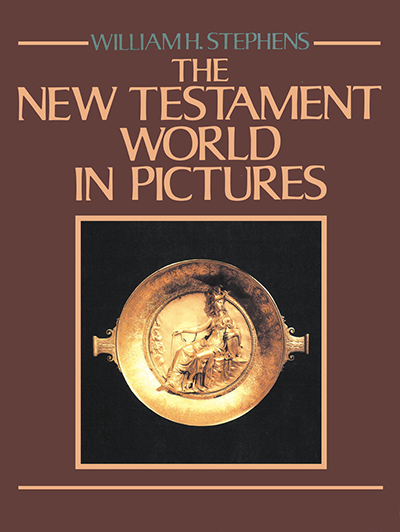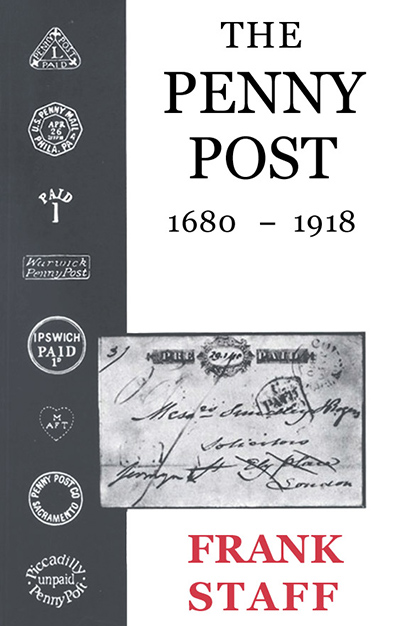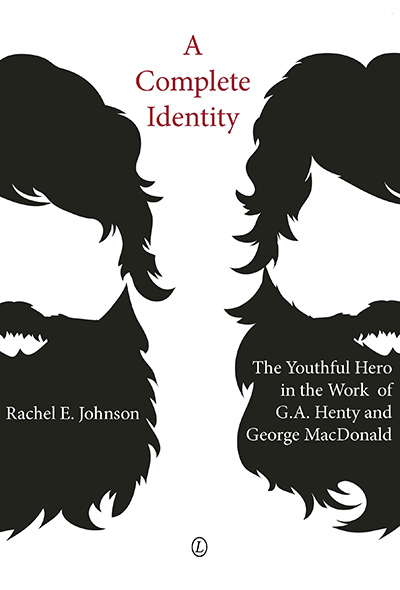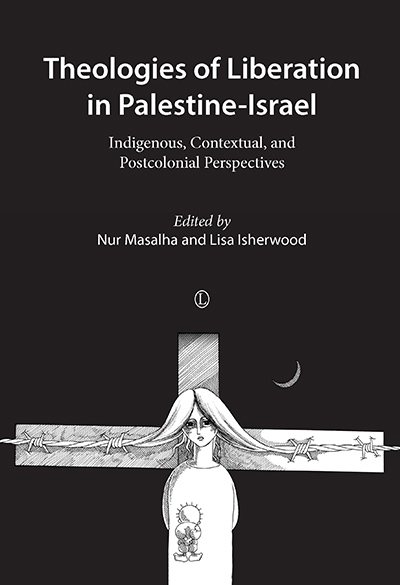Description
The New Testament World in Pictures is a library of information about the first-century world which lies behind the New Testament, especially the Greco-Roman culture. The religion, superstitions, trades, commerce, family life, city layout, life-style, amusements and dress of this period are covered in considerable depth. The Palestinian and Eastern influences are included in the text briefly to provide the proper context, but the book concentrates on the world confronted by Paul and Christian of the first century.
The text and photographs are thoroughly integrated, with the text explaining details in the photographs so extensively that first-century life is documented and clearly described. The photographs depict artefacts from both major and regional museums across the world and architectural features from excavated sites located throughout Europe and the Near East. Information has been gleaned from sources that range from well-known to relatively obscure to provide in one volume an authoritative single source for an understanding of the first-century world.
Both Subject and Scripture indexes are provided to allow quick access to information in the book, and the text accompanying most of the photographs guide the reader to New Testament text that are illuminated by the information.
About the Author
William H. Stephens is a graduate of Southwestern Baptist Theological Seminary (M. Div.) and The Southern Baptist Theological Seminary (D. Min.). He has written many articles and addressed groups in the U.S.A. and several other countries, and was for ten years editor of the biblical background and archaeology magazine Biblical Illustrator. Dr. Stephens is Church Training Curriculum Co-ordinator for Southern Baptists, and is a member of American Schools of Oriental Research and the Society of Biblical Literature.
Contents
Introduction
1. Emperors
Julius Caeser – Augustus – Tiberius – Caligula – Claudius – Nero – Galba, Otho, Vitellius: The Civil Wars – Vespasian – Titus – Domitian – Nerva – Trajan
2. The Military
3. The People
Greece – Asia Minor – The East – Egypt and North Africa – Europe
4. The City
Design and Layout – Forums, Streets, and Shops – Water Supply – Houses, Dwellings, and Architecture
5. Business
Transportation – Commerce – Weights and Measures
6. Professions and Trades
Writing Instruments – Art and Artists – Philosophers – Other Professions – Slaves – Tools – Medicine and Its Tools
7. Religion
Temples and Shrines – Sacrificial System – Gods and Goddesses
8. Leisuretime
Baths – Libraries – Theatre – Musical Instruments – Games and Amusements – Sports – Circus and Amphitheatre
9. Home and Hearth
Childhood and Education – Men and Women – Jewelry – Toilet – Furniture – Lamps – Food and Dining – Vessels and Cooking Utensils – Death
Scripture Index
Subject Index
Endorsements and Reviews
This is a most informative work on most aspects of life in the New Testament world. Its value is greatly enhanced by the illustrations, which include many pictures of artefacts in daily use. These are integral to the work, and not mere embellishments to the text: each illustration is clearly described in the accompanying caption and its relevance to the whole purpose of the book is shown. This is a most illuminating handbook to the understanding of the New Testament.
F.F. Bruce
This is a book that will satisfy a strong need. All readers of the New Testament must feel that they would very much like to know more about the background. Here is the answer to this desideratum, with particular reference to the whole pagan complex of the Roman empire. Many books, whatever their subject, offer less than their title promises. Here is a volume that, in many respects, offers enormously more. Often infusing an individual note, it tells us all sorts of things about the entire Mediterranean world – who its emperors and armies and people were, and how those people lived their daily lives and what they did in their homes. No longer can we, for example, think of Paul’s Asia Minor as an amorphous mass; we are told what its component parts were, and how they differed from one another. And there are useful bibliographies to each section.
Michael Grant






